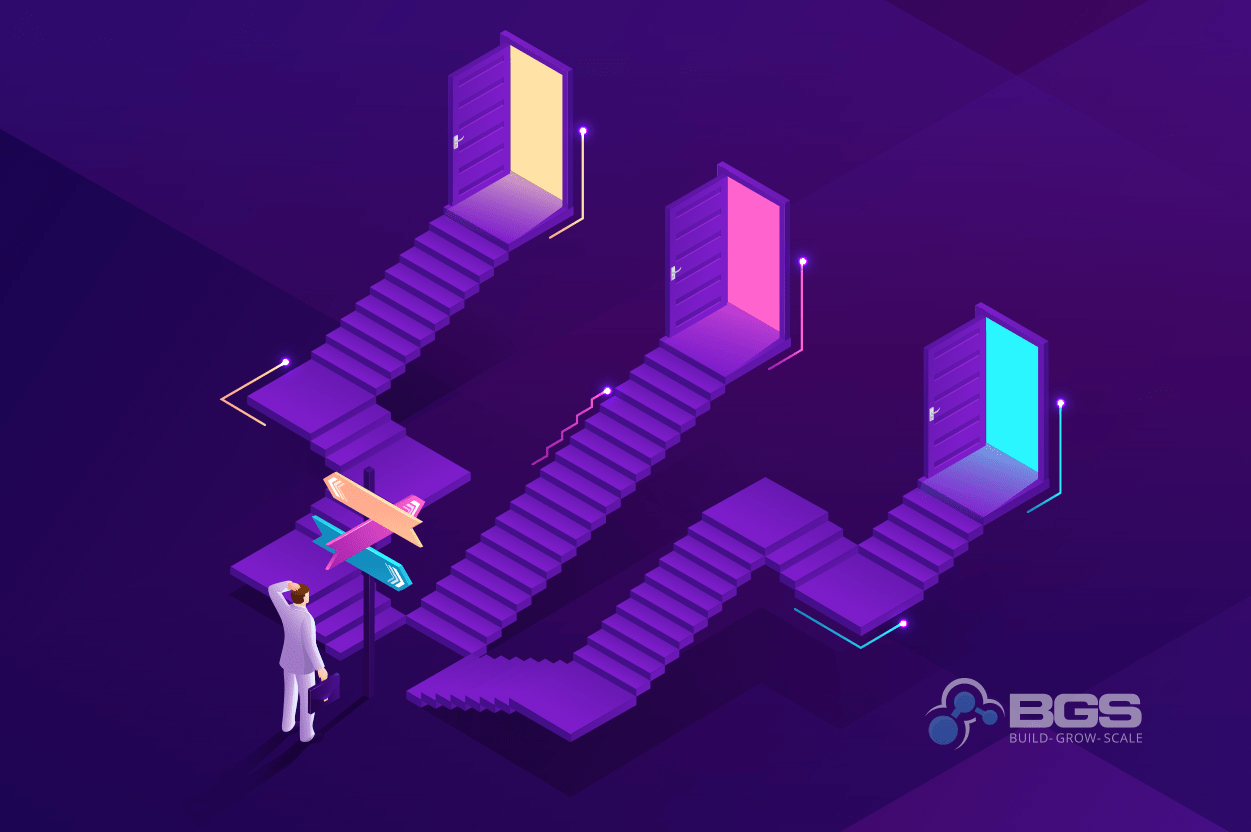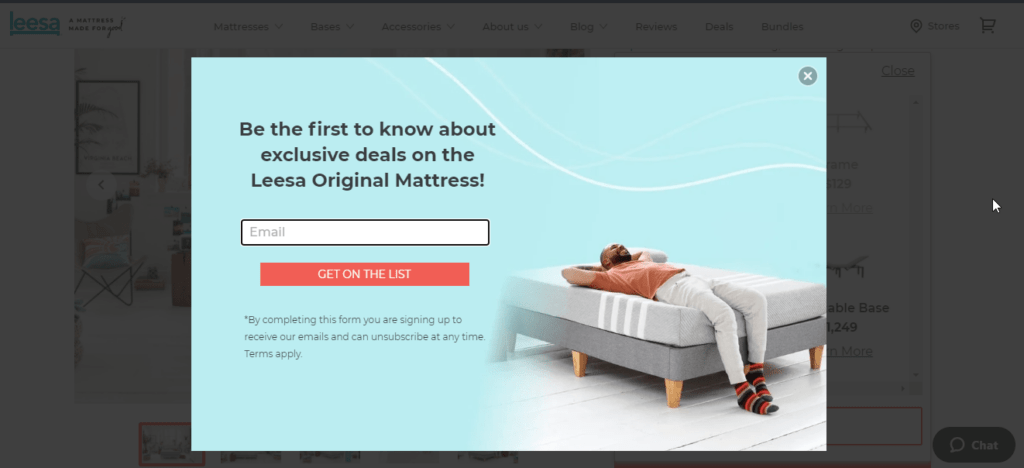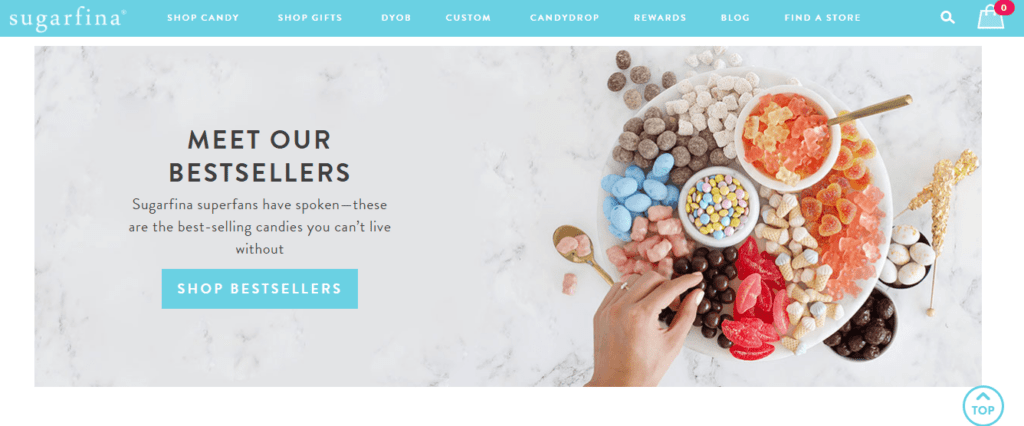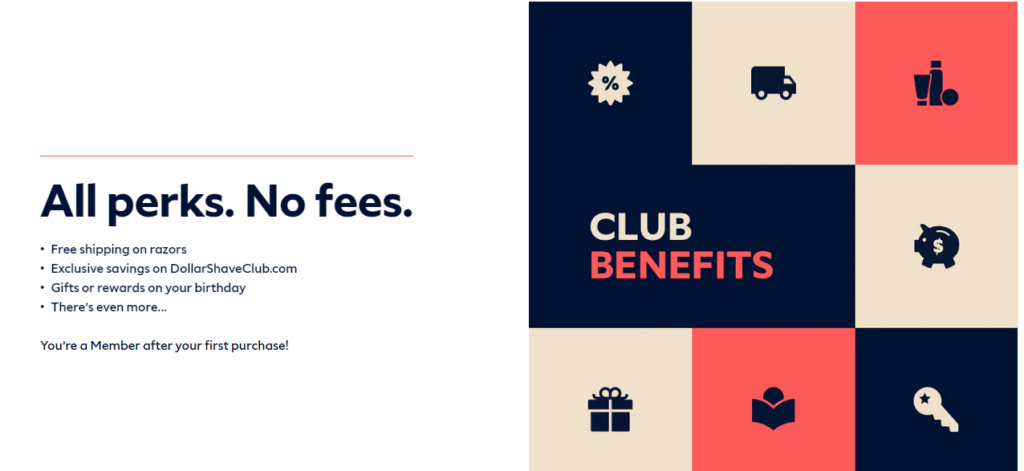Choose the Ecom Business Model That’s Best for You

Irene Wanja | Feb 23, 2021
Reading Time: 5 minutesConducting business has been greatly simplified by the new technologies now available. In fact, it’s become much easier to start a business, and many people are wondering how to best begin that journey.
One of the earliest steps is to choose a business model. I’ll describe three common ecommerce business models to help simplify your decision about which one will work best for you.

1. Business-to-Business Model
In the business-to-business (B2B) model, one company provides a service or sells a product to another company. This is a very common model in ecommerce.
B2B usually yields a higher average order value (AOV) than other models because:
- Costs are often lower for B2B than they are for other models. For example, a website development company that charges a total cost of $500 to build a website and takes only two days to build it, at a total labor cost of $250, ends up making a lot of profit. In this case, the only cost incurred was labor.
- There’s also a higher likelihood that B2B businesses will provide recurring services. That’s because most B2B owners use a subscription model, which paves the way for monthly fees rather than a one-time fixed fee.
Ecommerce businesses that create applications to be used by other companies are using a B2B model. For example, many Shopify store owners use Klaviyo and Privy, which offer email marketing and exit-intent and spin-to-win pop-ups. These can help convert visitors into leads and leads into sales later on. They use a monthly recurring system to offer these services to other businesses.
According to Ecommerce Platforms, there are more than 500,000 actively operating Shopify stores. So, if you’re thinking of starting a B2B business that builds Shopify apps offering solutions, the market is wide open and inviting.

2. Business-to-Consumer Model
In the business-to-consumer (B2C) model, a transaction is made between a business and an end user. Most of the ecommerce stores in Shopify capitalize on this model as it’s typically direct. Another plus is that decision making during the purchase process is not complex: consumers find products that they like, and they purchase them from your store.
Examples of B2C businesses include apparel, kitchenware, gadgets, food, toy, and furniture stores. There are also services offered under this model such as movie streaming (offered by Netflix), music streaming (on Spotify), and faster-than-typical order delivery (as with Amazon Prime). For all three of this type of service, users pay a recurring fee.

B2C ecommerce store owners who do well in the industry don’t focus only on advertising to reach their consumers. Because most B2C businesses offer a variety of products that may take a lot of time to browse (and to convert to sales), businesses using this model can benefit a lot from optimizing their sites to make them more intuitive for customers.
If this optimization is successful, users have a good experience in the store. That’s then reflected in sales metrics and customer feedback.
Note: If you’re just getting started creating your Shopify store, check out our Ecommerce Business Blueprint, where we’ve streamlined an easy-to-use system for setting up an ecom business or brand, using proven methods.
Even if your B2C ecom business is already well established, you can benefit from site optimization. For more about how our team works with you to scale your business, see the Amplified Partners program.
The Dollar Shave Club store uses a B2C model with unique incentives. By shopping there, you automatically become a member of their club through their buyer’s loyalty program, which gives you additional benefits (including exclusive savings, free shipping on some products, flexible delivery times, and gifts or rewards on your birthday). Consumers feel special because of that treatment, and incentives like these make the Dollar Shave Club stand out from their competition.

3. Consumer-to-Business Model
The consumer-to-business (C2B) model allows consumers to offer something of value to businesses and, in return, get revenue for the transaction they helped the business to acquire. There are several good examples of this business model:
- A consumer who owns a blog decides to share an affiliate link to a company’s product with the blog’s audience. Sharing the link is intended to help the company close a sale and the blog owner gets a commission for playing a role in the sale.
- Consumers who have created personal websites highlight the services and pricing they offer. These include businesses that offer graphic design, marketing, and virtual assistant services, to name a few.
- Most of the time, businesses contact online content creators (such as influencers on platforms like YouTube and Instagram) and ask them to post about their products or services for a fee.
Choosing a Model That Works for You
The type of business model you use is partly determined by the type of customer you want to sell to:
- If you want to sell your services or products to a business (even one that later sells to consumers), you could use a B2B or a C2B model.
- If you want to sell your services or products directly to the end-user customer, you could use the B2C category.
- If you want to list your services on a platform like Fiverr, you could use a C2B model where business owners or consumers will seek your services.
The type of product or service you want to offer also helps determine your business model:
- If you want to offer a data analytics service, you need to offer it to a business rather than a consumer. A consumer wouldn’t care about that data, but the business relies on that data to customise the business and improve marketing. In this case, you would offer your service with a B2B model.
Note: Someone on Fiverr could offer similar services but at a much smaller scale. If that were the case, this would be using the C2B model.
- If you want to sell trending products every time they arise or seasonal products (e.g., gifts for Mother’s Day, Valentine’s Day, and Christmas), you would use a B2C model because the consumers drive the trends and are also buying seasonal products directly.
- If you want to run a subscription based business that has a recurring payment system, you might lean toward using a B2B model (for which recurring payments are more common), or you might choose a B2C model offering products that lend themselves to streaming or regular replacement.
Note: If you are still unsure about where to start, book a call with us and we can point you in the right direction.
Resources
Suja, A. (2021). The best 100 Shopify stores for inspiration and how to start your 0wn Shopify store in 2021. Ecommerce Platforms [website].
About the author
Irene Wanja
Irene, a skilled Revenue Optimization Specialist for Build Grow Scale, combines an unparalleled focus on user research and a deep understanding of the ecommerce customer journey to orchestrate optimal shopping experiences. With an uncanny knack for detecting and addressing customer pain points through meticulous user testing, she utilizes tools such as moderated user tests, heatmaps, scrollmaps, and clickmaps to fast-track improvements in user experience and usability. Her keen eye for detail aids in swiftly spotting potential issues and implementing solutions, all while working closely with store owners and applying her intricate comprehension of user interactions. Passionate about software and technology, Irene immerses herself in enhancing her clients' business clarity, efficiency, and user satisfaction. Even though the value of user experience doesn't conform to a conventional numerical scale, the tangible outcomes of her work—improved user experience, amplified retention rates, and reduced customer support issues—are testaments to her prowess. Beyond her revenue optimization skills, Irene is a skilled writer and copywriter. She weaves her profound insights into engaging prose, crafting content that not only resonates with diverse audiences but also demystifies the complexities of user experience, consequently benefitting businesses worldwide.






